What should a pilot do to optimise his/her night vision scotopic vision ? [ Exam pilot ]
Question 104-1 : Not smoke before start and during flight and avoid flash blindness avoid food containing high amounts of vitamin a wait at least 60 minutes to night adapt before he takes off select meals with high contents of vitamin b and c
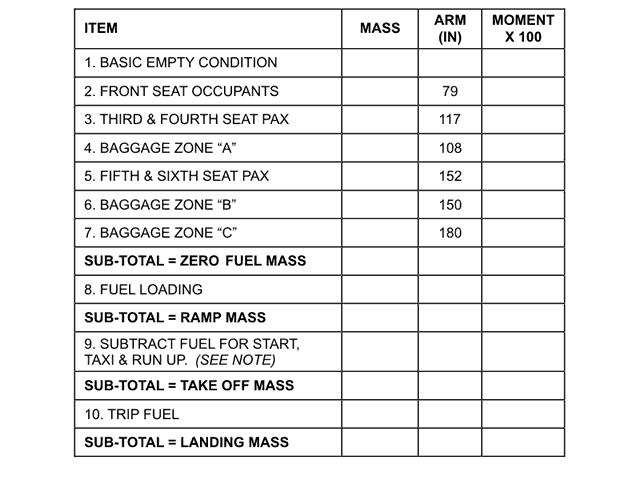 Not smoke before start and during flight and avoid flash-blindness.
Not smoke before start and during flight and avoid flash-blindness. During poor weather conditions a pilot should fly with reference to instruments ?
Question 104-2 : Perception of distance and speed is difficult in an environment of low contrast his attention will be distracted automatically under these conditions the danger of a 'greying out' will make it impossible to determine the height above the terrain pressure differences can cause the altimeter to give wrong information
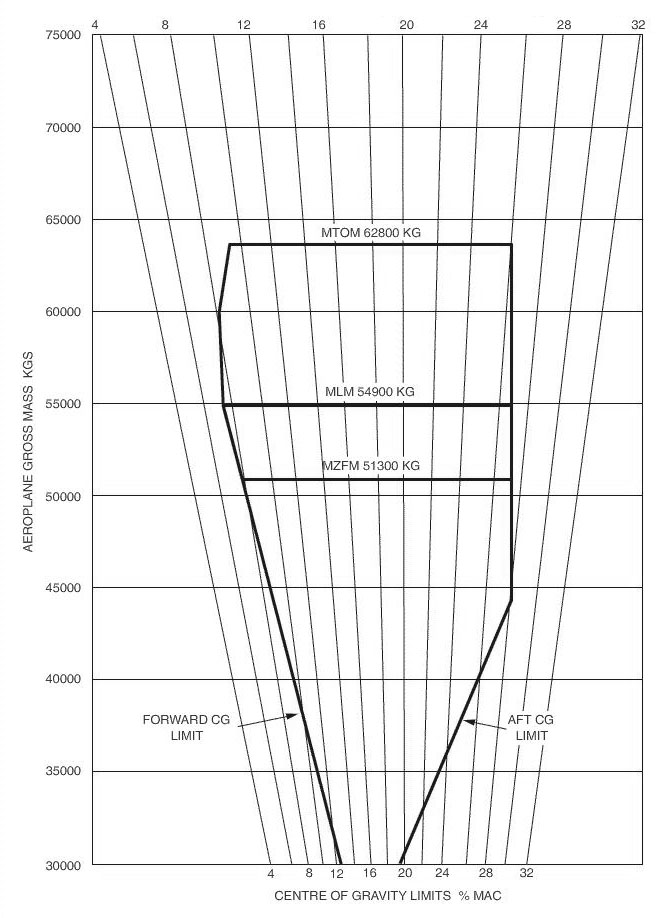 Perception of distance and speed is difficult in an environment of low contrast.
Perception of distance and speed is difficult in an environment of low contrast. The 'seat of the pants sense' ?
Question 104-3 : Can give false inputs to body orientation when visual reference is lost is a natural human instinct which will always indicate the correct body position in space can be used if trained to avoid disorientation in space can be used as a reference for determining attitude when operating in visual and instrument meteorological conditions
 Can give false inputs to body orientation when visual reference is lost.
Can give false inputs to body orientation when visual reference is lost. Illuminated anti collision lights in imc ?
Question 104-4 : Can cause disorientation can cause colour illusions will improve the pilots depth perception will effect the pilots binocular vision
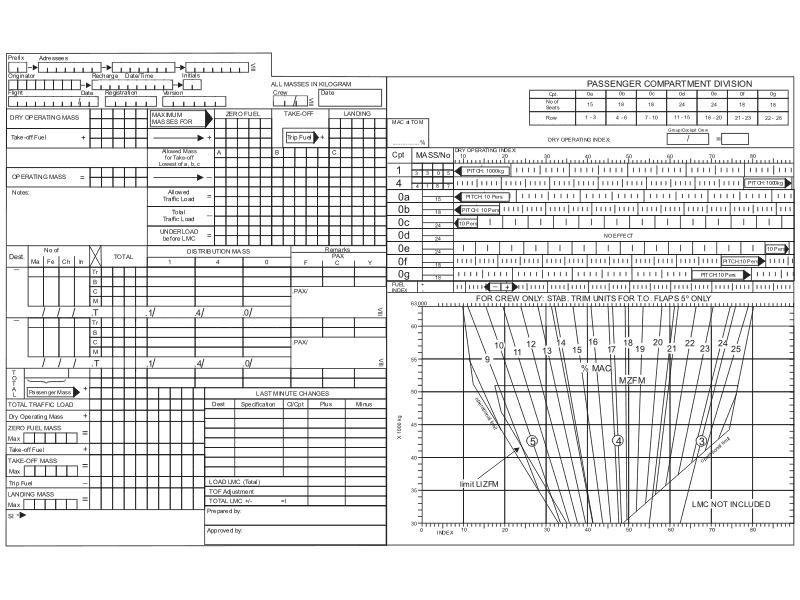 Can cause disorientation.
Can cause disorientation. A shining light is fading out i e when flying into fog dust or haze what kind ?
Question 104-5 : The source of light moves away from him the source of light stands still the source of light is approaching him with increasing speed the light source will make the pilot believe that he is climbing
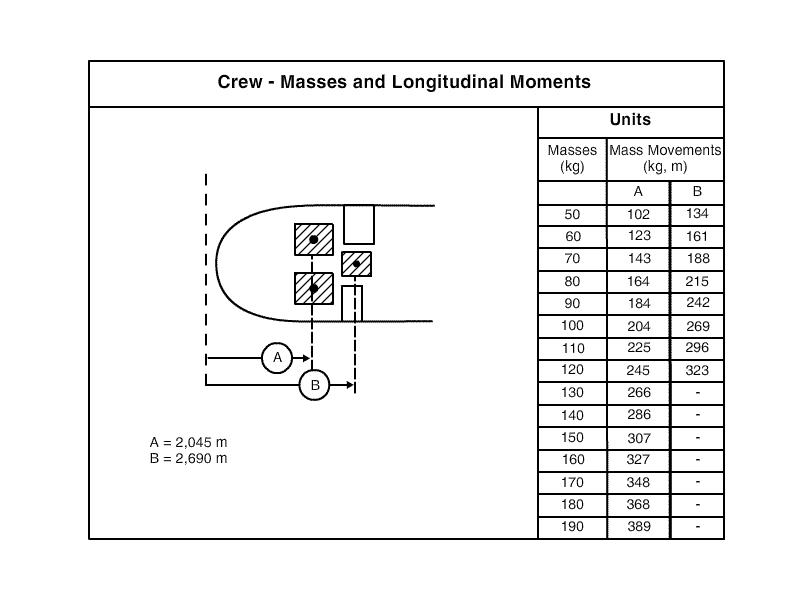 The source of light moves away from him.
The source of light moves away from him. Autokinesis is ?
Question 104-6 : The apparent movement of a static single light when stared at for a relatively long period of time in the dark the phenomenon of spinning lights after the abuse of alcohol the change in diameter of the pupil when looking in the dark the automatic adjustment of the crystalline lens to objects situated at different distances
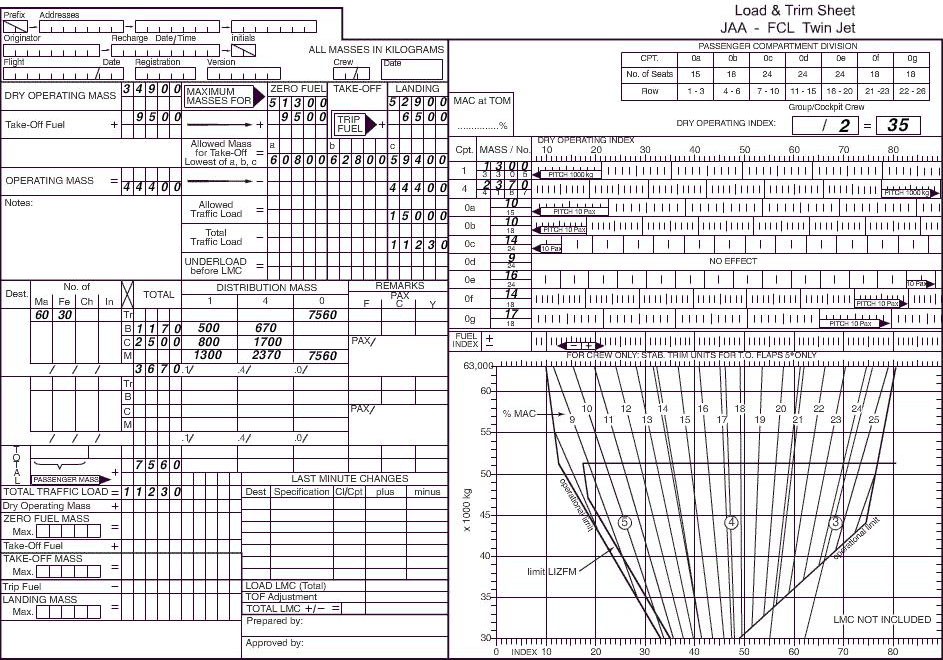 The apparent movement of a static single light when stared at for a relatively long period of time in the dark.
The apparent movement of a static single light when stared at for a relatively long period of time in the dark. A pilot is used to land on small and narrow runways only approaching a larger ?
Question 104-7 : An early or high 'round out' a steeper than normal approach dropping low a flatter than normal approach with the risk of 'ducking under' the risk to land short of the overrun
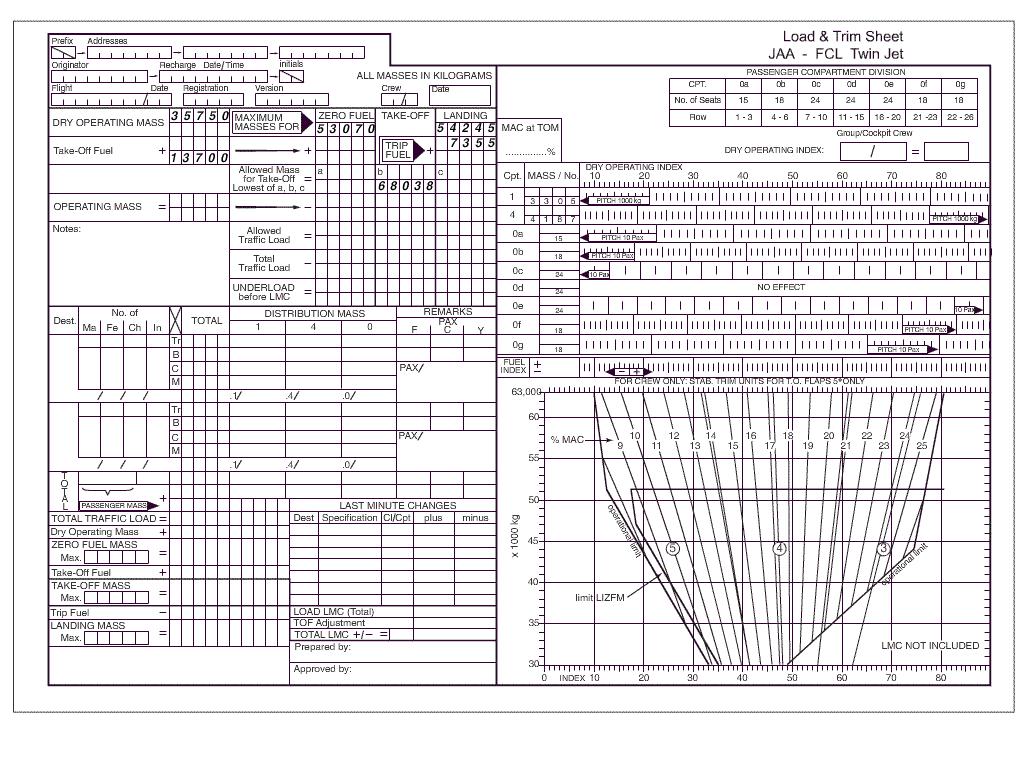 An early or high 'round out'.
An early or high 'round out'. Generally the time required for dark adaptation is ?
Question 104-8 : 30 min 10 sec 1/10 sec 10 min
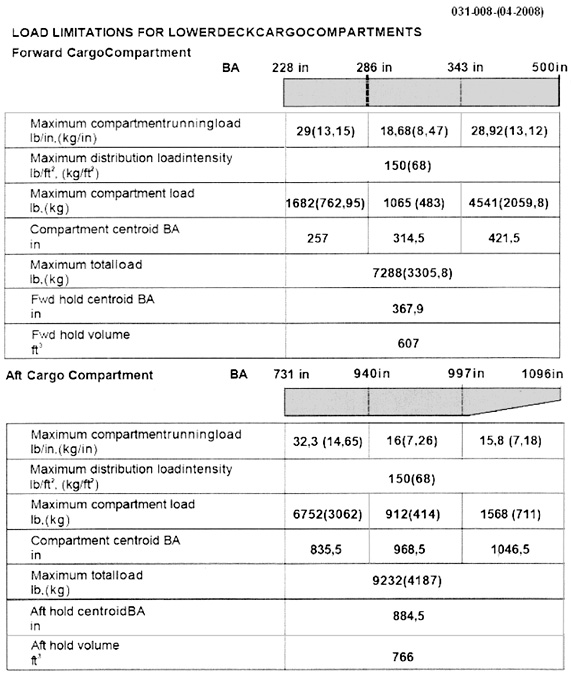 30 min.
30 min. Which problem may occur when flying in an environment of low contrast fog snow ?
Question 104-9 : Difficult to estimate the correct speed and size of approaching objects unlikely that visual illusions occur impossible to detect objects no problem to estimate the correct speed and size of approaching objects
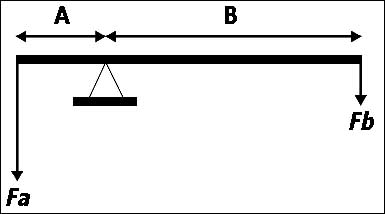 Difficult to estimate the correct speed and size of approaching objects.
Difficult to estimate the correct speed and size of approaching objects. Which of the following symptoms can mark the onset of hyperventilation ?
Question 104-10 : Dizzy feeling slow heart beat slow rate of breathing cyanosis blueing of lips and finger nails
 Dizzy feeling.
Dizzy feeling. Out of the list of possible measures to counteract hyperventilation the most ?
Question 104-11 : Breathe into a plastic or paper bag hold breath avoid strenuous flight manoeuvres speak soothingly and get the person to breathe slowly
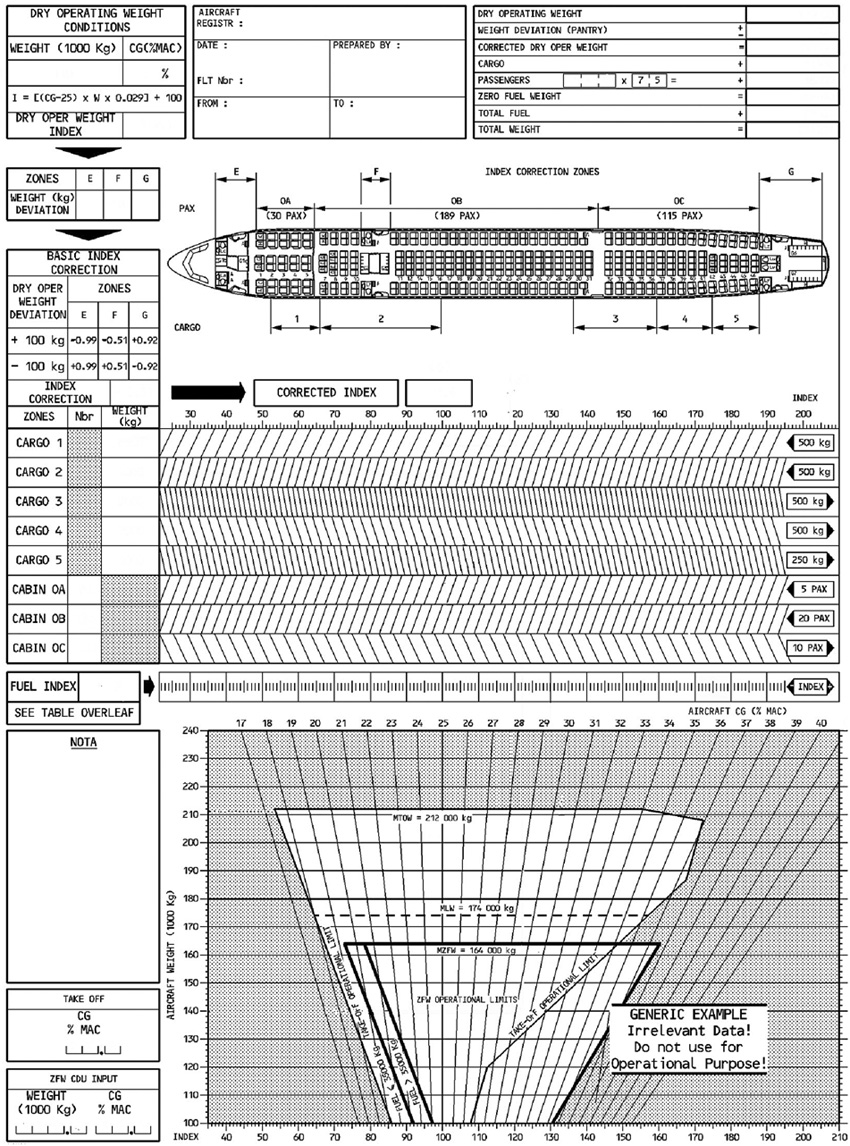 Breathe into a plastic or paper bag.
Breathe into a plastic or paper bag. What event can cause a hyperventilation not required by physical need .1 ?
Question 104-12 : 1 2 3 and 4 are correct 5 is false only 2 and 3 are correct 1 2 3 4 and 5 are correct 1 and 5 are both false
 1, 2, 3 and 4 are correct, 5 is false.
1, 2, 3 and 4 are correct, 5 is false. Which of the following could a pilot experience when he is hyperventilating .1 ?
Question 104-13 : 1 2 and 3 are correct 4 is false 1 2 and 4 are correct 3 is false 1 is false all others are correct 2 and 4 are false
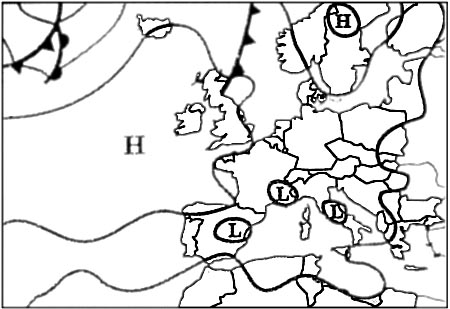 1,2 and 3 are correct, 4 is false.
1,2 and 3 are correct, 4 is false. What could cause hyperventilation ?
Question 104-14 : Fear anxiety and distress abuse of alcohol extreme low rate of breathing fatigue
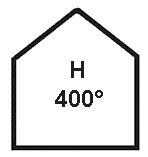 Fear, anxiety and distress.
Fear, anxiety and distress. A pilot who is hyperventilating for a prolonged period of time may even become ?
Question 104-15 : The pilot is emotionally aroused there is a low co pressure in the blood he/she is flying a tight turn there is an increased blood flow to the brain
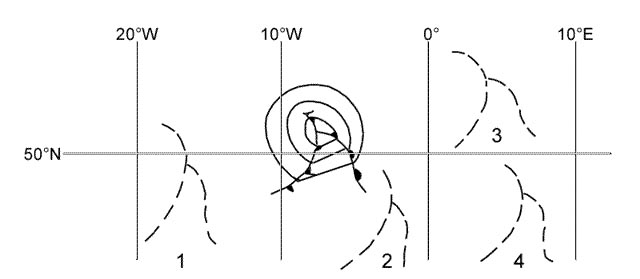 The pilot is emotionally aroused.
The pilot is emotionally aroused. Breathing pure oxygen without pressure will be sufficient up to an altitude of ?
Question 104-16 : 40000 ft 45000 ft 60000 ft 80000 ft
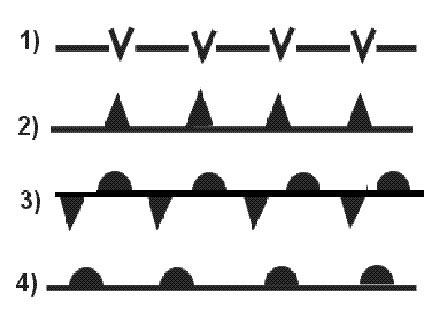 40000 ft.
40000 ft. The 'effective performance time' or 'time of useful consciousness' after a ?
Question 104-17 : Between 30 and 60 seconds approximately 3 minutes approximately 5 minutes less than 20 seconds
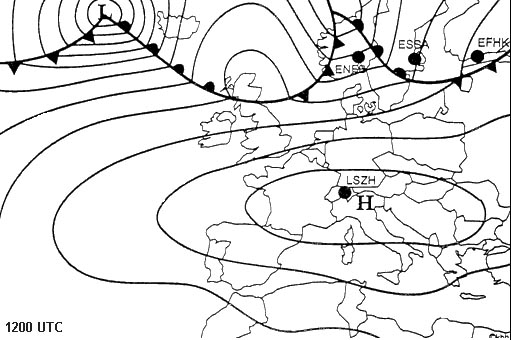 Between 30 and 60 seconds.
Between 30 and 60 seconds. The time between inadequate oxygen supply and incapacitation is called tuc time ?
Question 104-18 : Varies individually and depends on cabin pressure altitude is the same amount of time for every person is not dependent on physical or psychological pressure varies individually and does not depend on altitude
 Varies individually and depends on cabin pressure altitude.
Varies individually and depends on cabin pressure altitude. After a decompression to 43 000 ft the tuc time of useful consciousness will be ?
Question 104-19 : 5 15 seconds 30 45 seconds 45 60 seconds 60 90 seconds
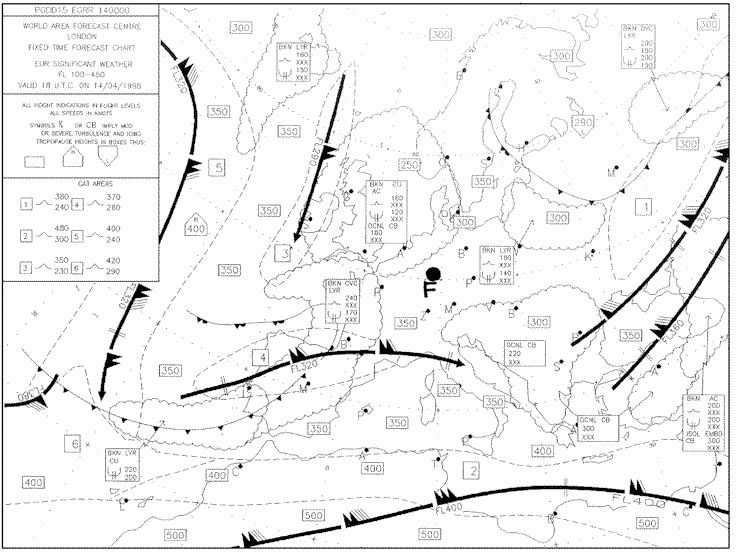 5-15 seconds.
5-15 seconds. Pain in the joints 'bends' is a symptom of ?
Question 104-20 : Decompression sickness barotrauma air sickness hypoxia
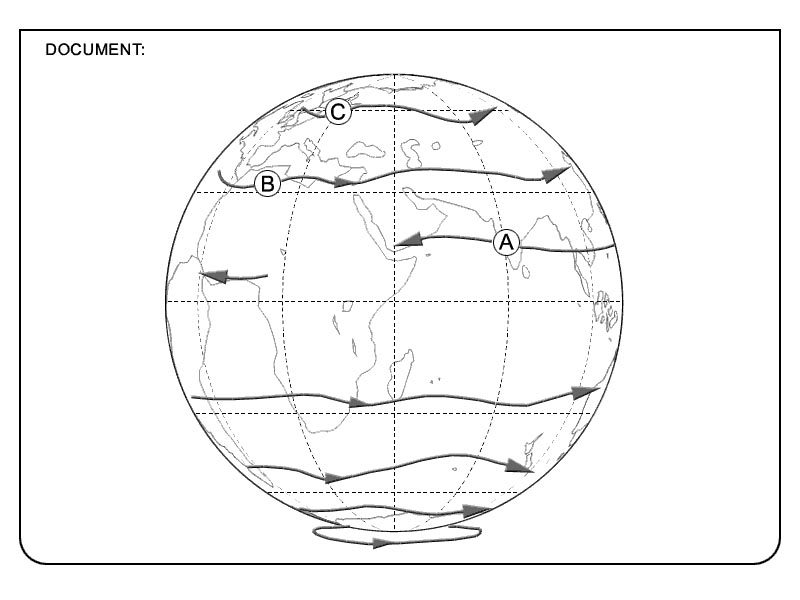 Decompression sickness.
Decompression sickness. Decompression sickness symptoms may develop due to ?
Question 104-21 : Cabin pressure loss when flying at higher altitudes above 18000 ft sudden pressure surges in the cabin at altitudes below 18000 ft emergency descents without cabin pressure loss fast flights from a high pressure zone into a low pressure area when flying an unpressurised aeroplane
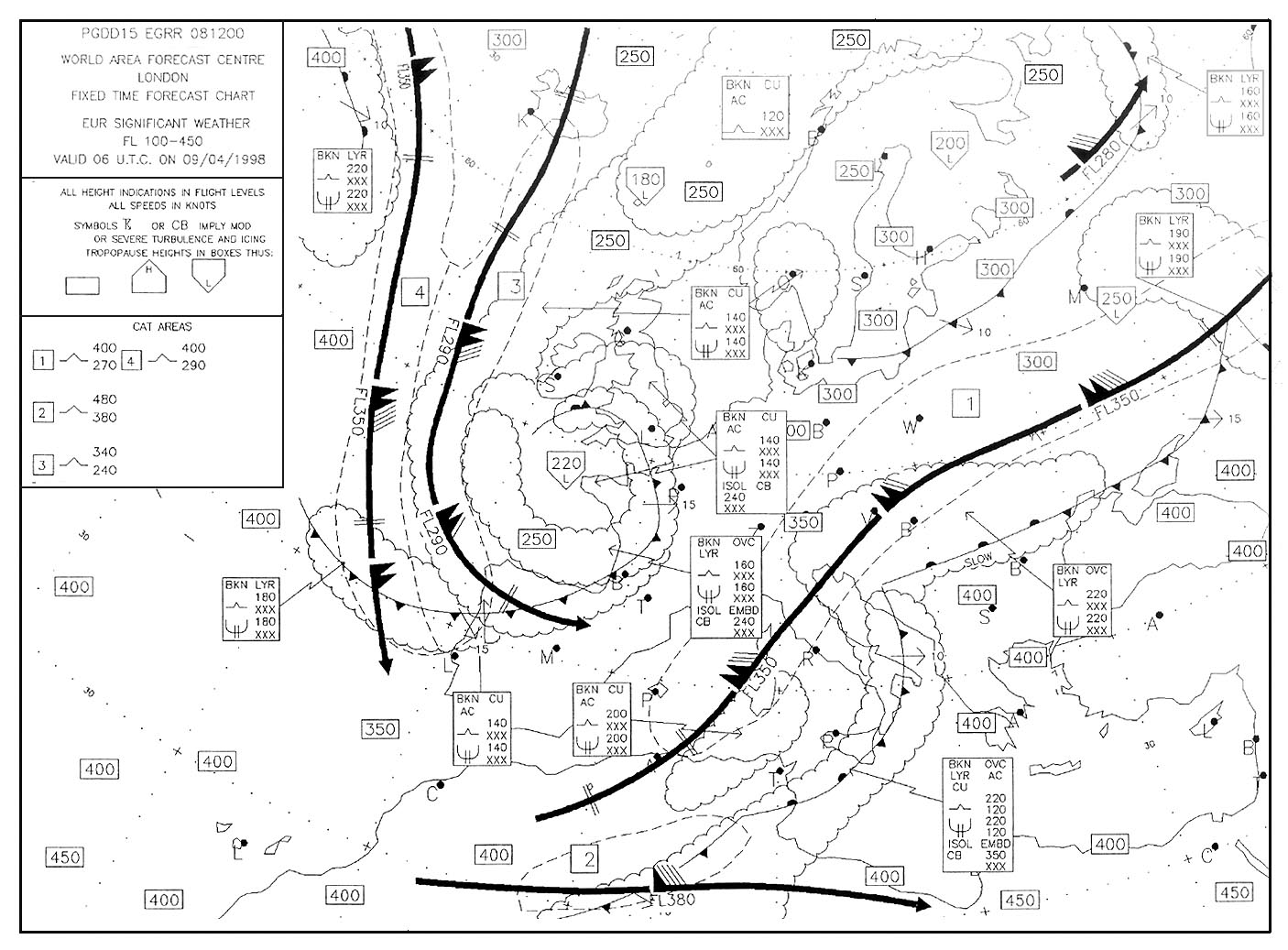 Cabin pressure loss when flying at higher altitudes (above 18000 ft).
Cabin pressure loss when flying at higher altitudes (above 18000 ft). Disruptions of pressure equalization in air filled cavities of the head nose ?
Question 104-22 : Barotrauma embolism hypoxia hyperventilation
 Barotrauma.
Barotrauma. Barotrauma caused by gas accumulation in the stomach and intestines can lead to ?
Question 104-23 : Pressure pain or flatulence barotitis decompression sickness barosinusitis
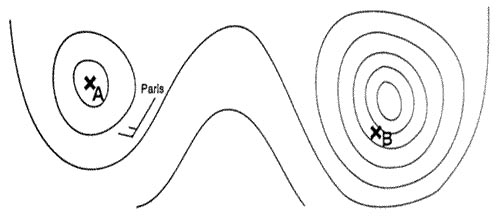 Pressure pain or flatulence.
Pressure pain or flatulence. What counter measure can be used against barotrauma of the middle ear ?
Question 104-24 : Close the mouth pinch the nose tight and blow out thereby increasing the pressure in the mouth and throat at the same time try to swallow or move lower jaw increase rate of descent stop climbing start descent pilots should apply anti cold remedies prior every flight to prevent barotrauma in the middle ear
 Close the mouth, pinch the nose tight and blow out thereby increasing the pressure in the mouth and throat. at the same time try to swallow or move lower jaw.
Close the mouth, pinch the nose tight and blow out thereby increasing the pressure in the mouth and throat. at the same time try to swallow or move lower jaw. Trapped intestinal gases can cause severe pain when is this the case ?
Question 104-25 : More frequent when flying above 18000 ft in a non pressurized aircraft at lower altitudes only in pressurized aircraft when flying at higher flight levels during descent as well as during climb when the cabin pressure altitude is exceeding 2000 ft
 More frequent when flying above 18000 ft in a non-pressurized aircraft.
More frequent when flying above 18000 ft in a non-pressurized aircraft. Barotrauma of the middle ear most likely will occur ?
Question 104-26 : When descending rapidly during a long high altitude flight when climbing in sudden steep turns
 When descending rapidly.
When descending rapidly. Barotrauma of the middle ear is usually accompanied by ?
Question 104-27 : A reduction in hearing ability and the feeling of increasing pressure dizziness noises in the ear pain in the joints
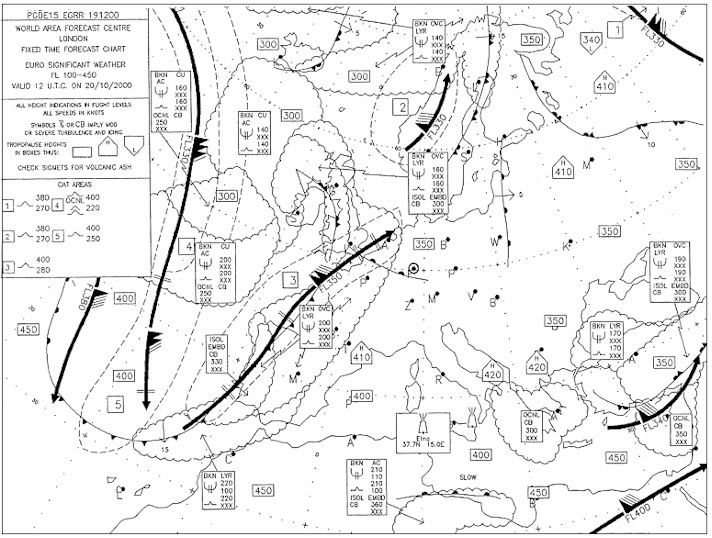 A reduction in hearing ability and the feeling of increasing pressure.
A reduction in hearing ability and the feeling of increasing pressure. The risk of barotrauma of the middle ear is more likely to occur ?
Question 104-28 : With colds and rapid descents with colds and fast climbs with colds and slow ascents when subjected to the somatogravic effect
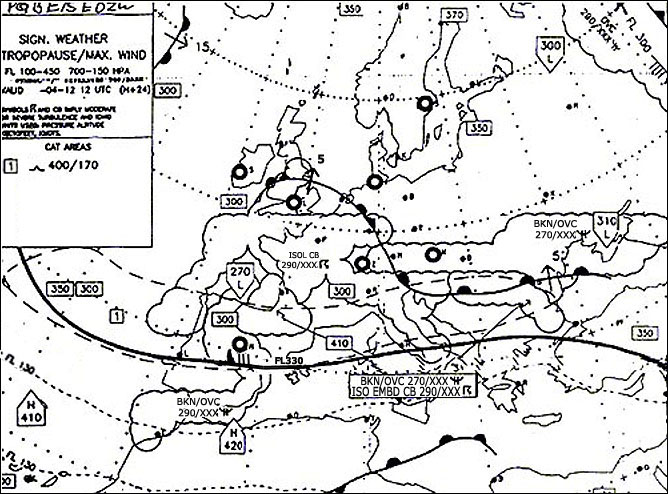 With colds and rapid descents.
With colds and rapid descents. The seat of the pants sense involves receptors in the ?
Question 104-29 : Muscles tendons and joints sensitive to the position and movement of body parts semicircular canals utriculus and sacculus skin only
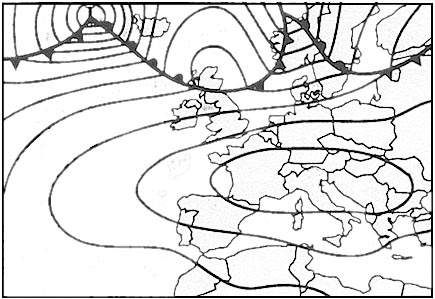 Muscles, tendons and joints sensitive to the position and movement of body parts.
Muscles, tendons and joints sensitive to the position and movement of body parts. Equalization of pressure is limited between the middle ear and the ambient when ?
Question 104-30 : The eustachian tube is blocked the nose is pinched you breath through the mouth barotrauma exists in the sinuses
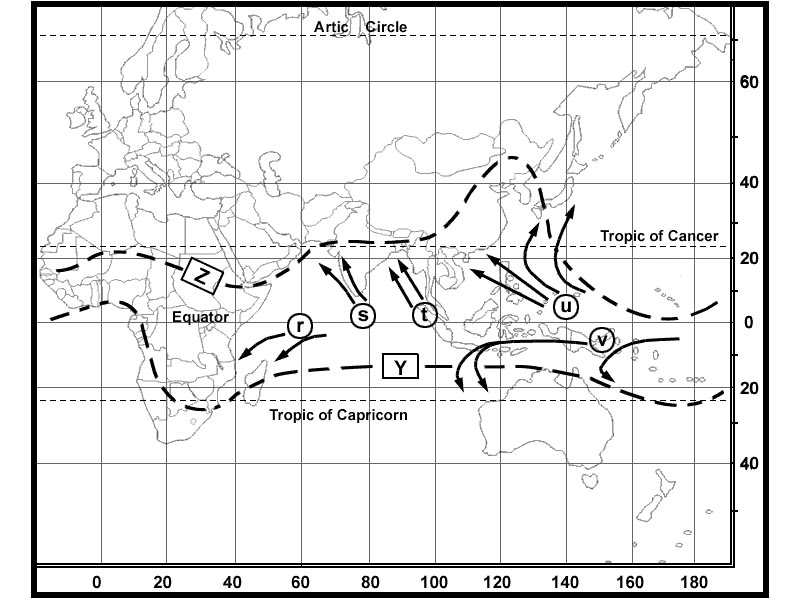 The eustachian tube is blocked.
The eustachian tube is blocked. A barotrauma of the middle ear is ?
Question 104-31 : An acute or chronic trauma to the middle ear caused by a difference of pressure on either side of the eardrum a bacterial infection of the middle ear a dilatation of the eustachian tube an infection of the middle ear caused by rapid decompression
 An acute or chronic trauma to the middle ear caused by a difference of pressure on either side of the eardrum.
An acute or chronic trauma to the middle ear caused by a difference of pressure on either side of the eardrum. A pilot approaching an upsloping runway ?
Question 104-32 : May feel that he is higher than actual this illusion may cause him to land short is performing a steeper than normal approach landing long establishes a higher than normal approach speed establishes a slower than normal approach speed with the risk of stalling out
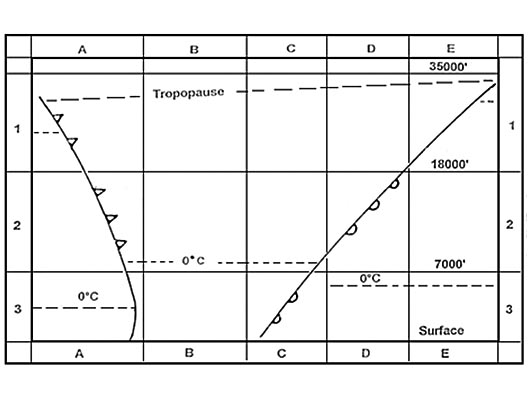 May feel that he is higher than actual. this illusion may cause him to land short.
May feel that he is higher than actual. this illusion may cause him to land short. What illusion may occur if an aircraft is flying into fog snow or haze ?
Question 104-33 : Objects seem to be farther away than in reality objects will appear closer than they really are objects will appear bigger in size than in reality objects seem to move slower than in reality
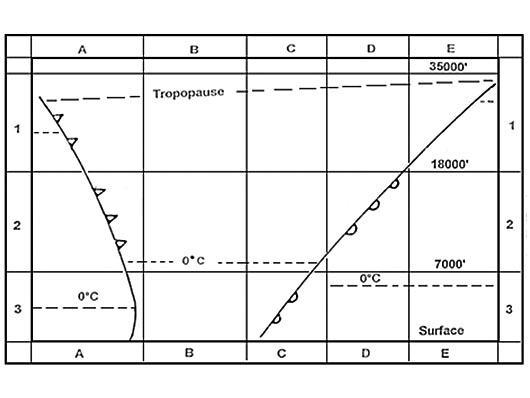 Objects seem to be farther away than in reality.
Objects seem to be farther away than in reality. Adaptation is ?
Question 104-34 : The adjustment of the e to high or low levels of illumination the change of the diameter of the pupil the reflection of the light at the cornea the adjustment of the crystalline lens to focus light on the retina
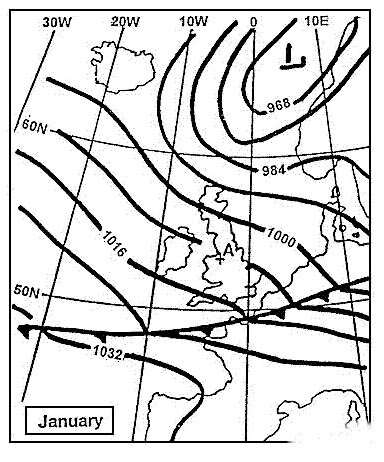 The adjustment of the eyes to high or low levels of illumination.
The adjustment of the eyes to high or low levels of illumination. The requirement of good sunglasses is to ?
Question 104-35 : Absorb enough visible light to eliminate glare without decreasing visual acuity fit to the pilots individual taste eliminate distortion in aircraft windshields increase the time for dark adaptation
 Absorb enough visible light to eliminate glare without decreasing visual acuity.
Absorb enough visible light to eliminate glare without decreasing visual acuity. Scanning at night should be performed by ?
Question 104-36 : Slight eye movements to the side of the object scanning with one eye open concentrated fixation on an object image must fall on the fovea avoiding food containing vitamin a
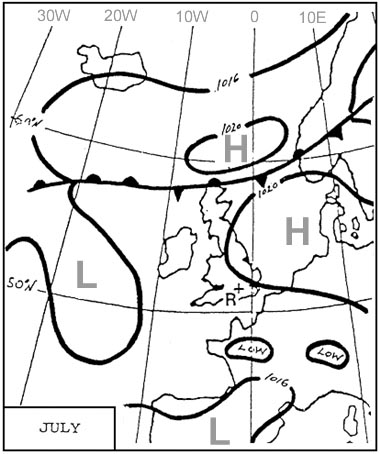 Slight eye movements to the side of the object.
Slight eye movements to the side of the object. A pilot accustomed to landing on a wide runway may find when approaching to a ?
Question 104-37 : Greater height than he actually is with the tendency to land short lower than actual height with the tendency to overshoot greater height and the impression of landing short lower height and the impression of landing slow
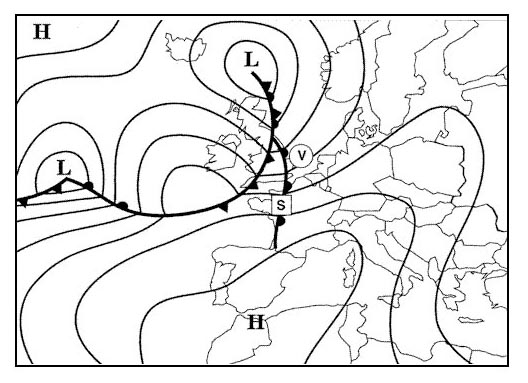 Greater height than he actually is with the tendency to land short.
Greater height than he actually is with the tendency to land short. Flickering light when reflected from spinning rotor blades ?
Question 104-38 : Can cause spatial disorientation and/or nausea has no effect can be avoided when the strobe lights are switched on should be avoided because it may destroy the optic nerve
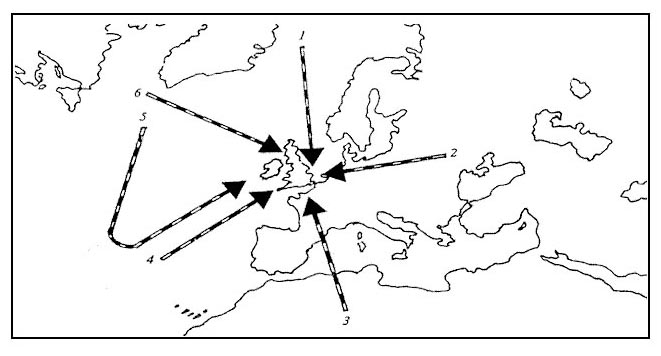 Can cause spatial disorientation and/or nausea.
Can cause spatial disorientation and/or nausea. Alcohol even when taken in minor quantities ?
Question 104-39 : Can make the brain cells to be more susceptible to hypoxia will stimulate the brain making the pilot resistant to hypoxia will have no effect at all may improve the mental functions so that the symptoms of hypoxia are much better to be identified
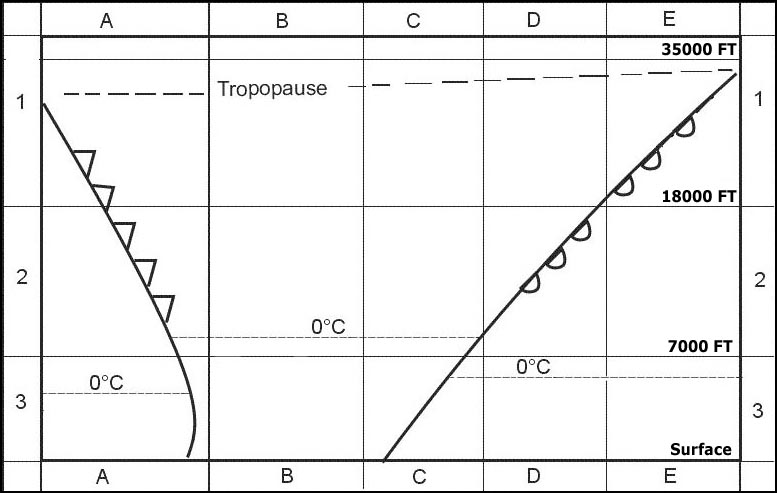 Can make the brain cells to be more susceptible to hypoxia.
Can make the brain cells to be more susceptible to hypoxia. A pilot approaching a runway which is narrower than normal may feel he is at a ?
Question 104-40 : Flatter than normal approach with the tendency to undershoot compensatory glide path and land long compensatory glide path and stall out higher than normal approach with the tendency to overshoot
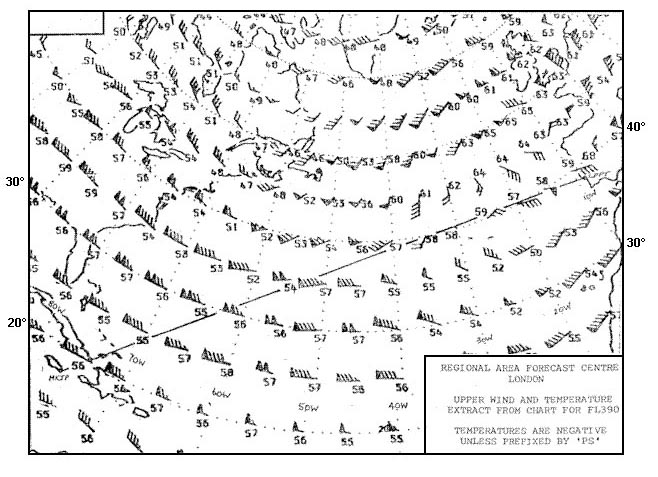 Flatter than normal approach with the tendency to undershoot.
Flatter than normal approach with the tendency to undershoot. ~
Exclusive rights reserved. Reproduction prohibited under penalty of prosecution.
4119 Free Training Exam
